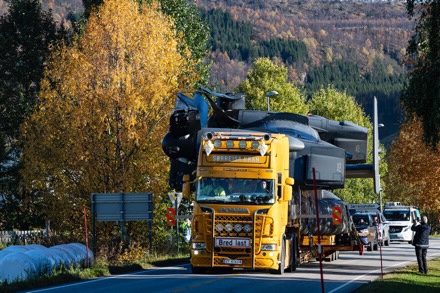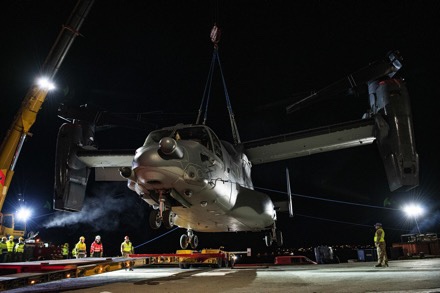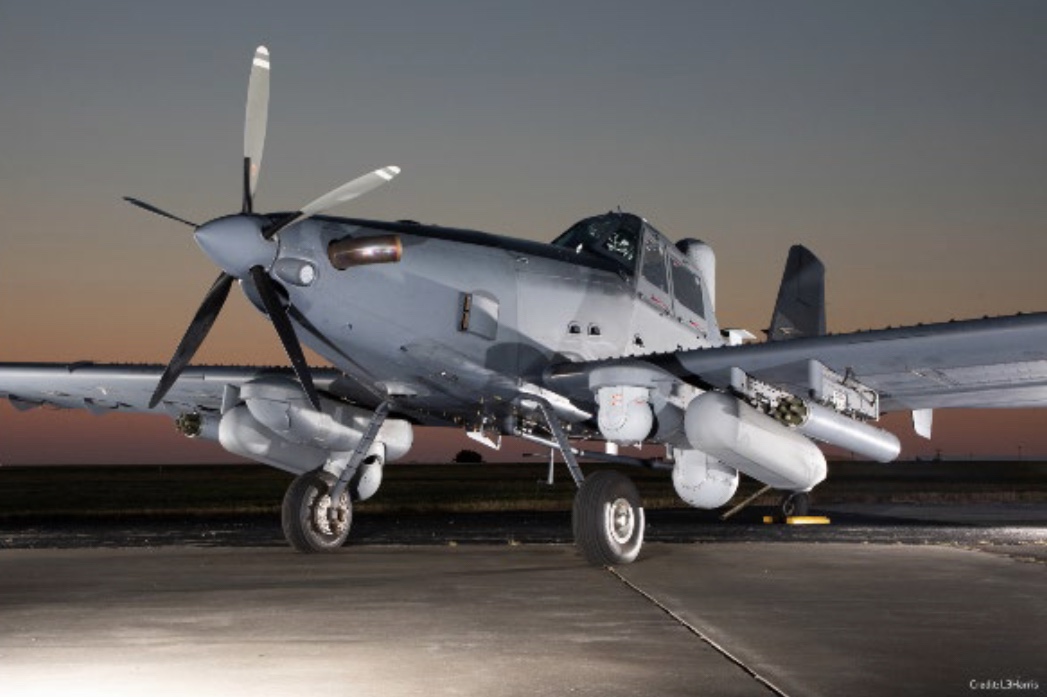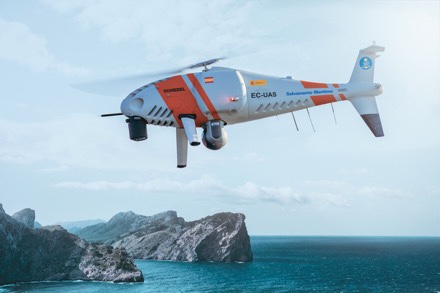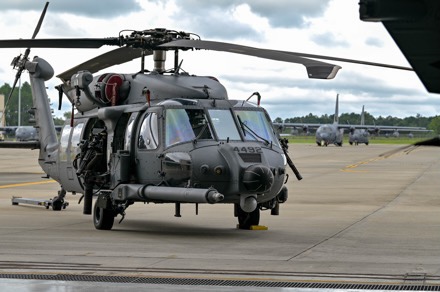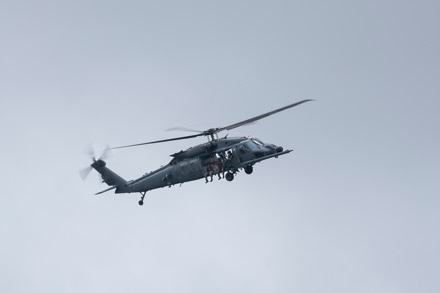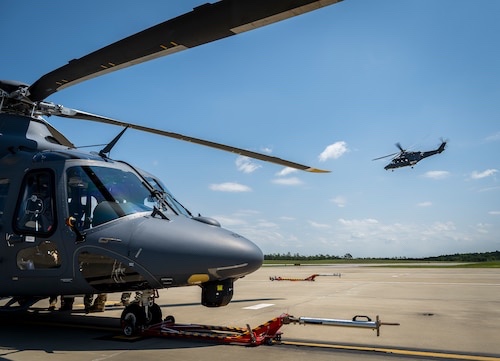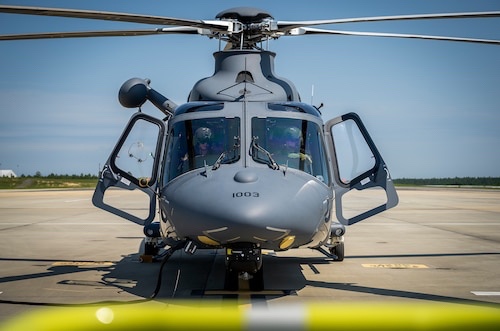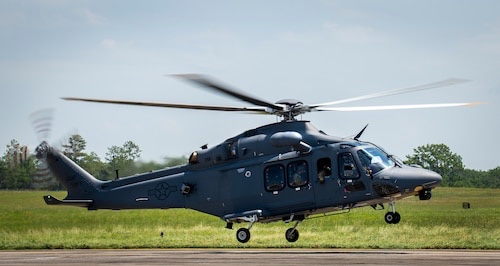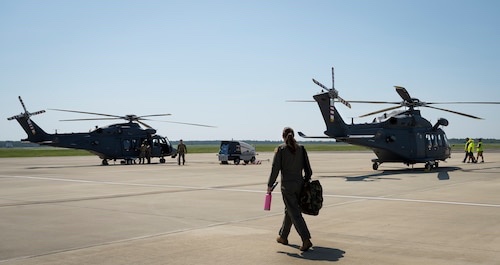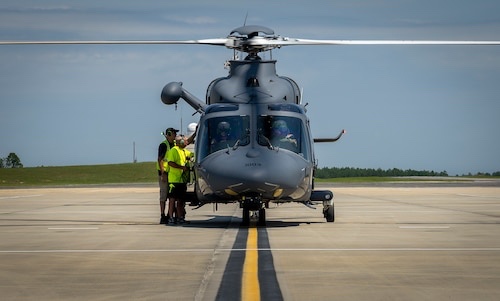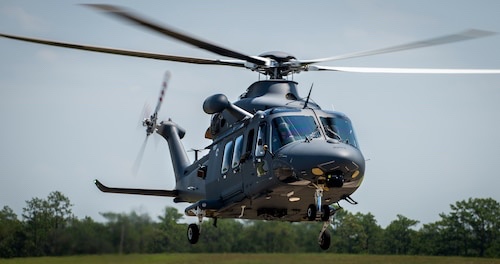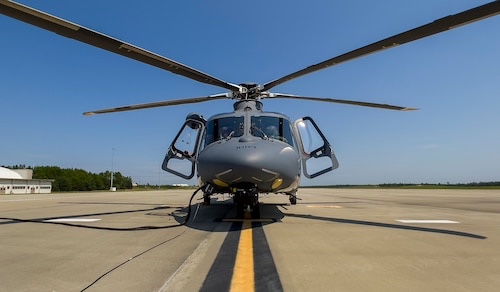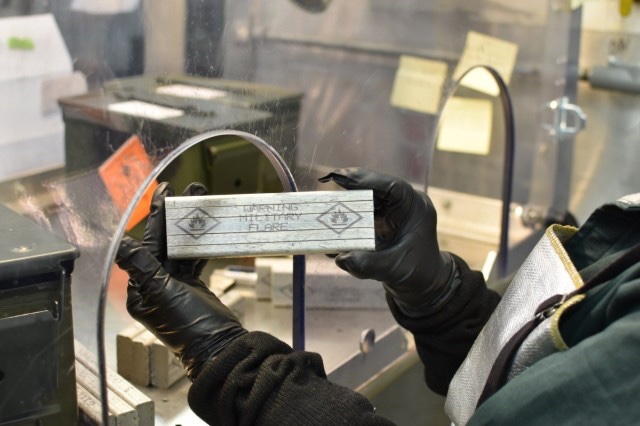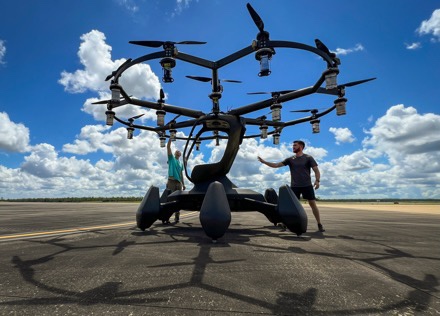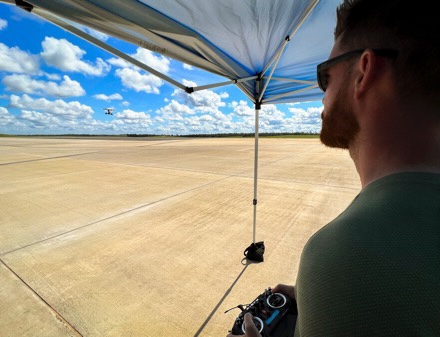USSOCOM has made a decision for it’s Armed Overwatch program which will add 75 aircraft to provide dedicated Close Air Support, precision strike, and airborne intelligence, surveillance, and reconnaissance (ISR) from austere locations in a permissive environment.
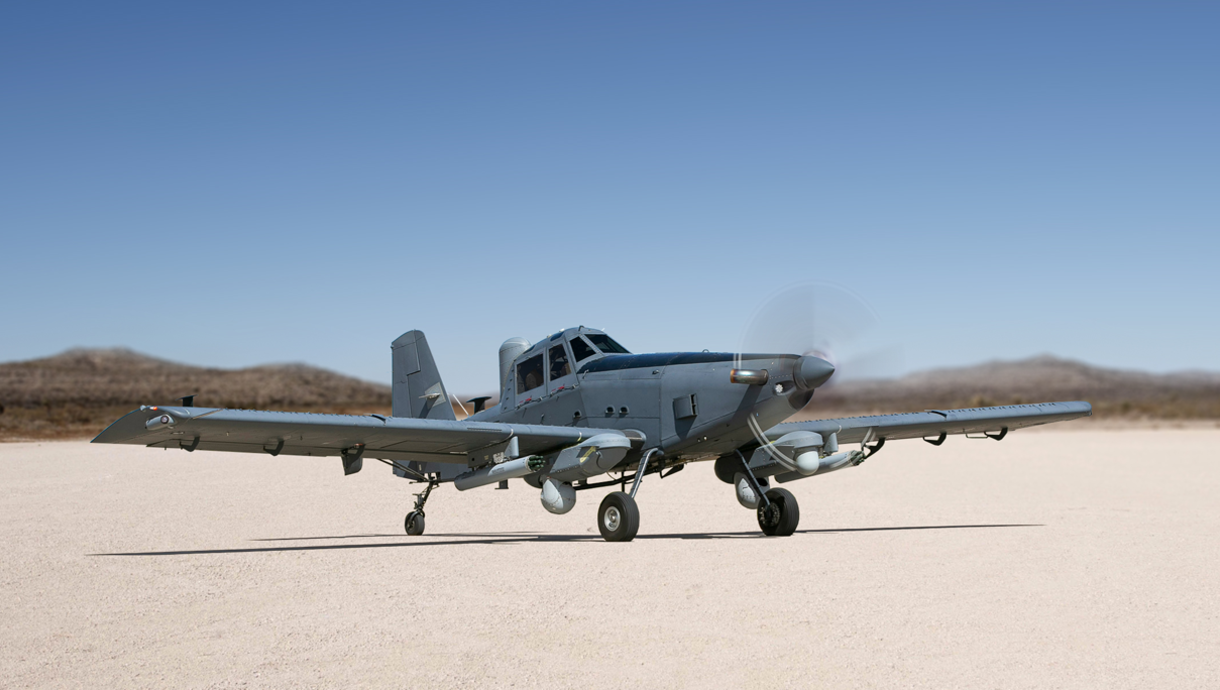
It’s the Sky Warden from the L3 / Air Tractor team.
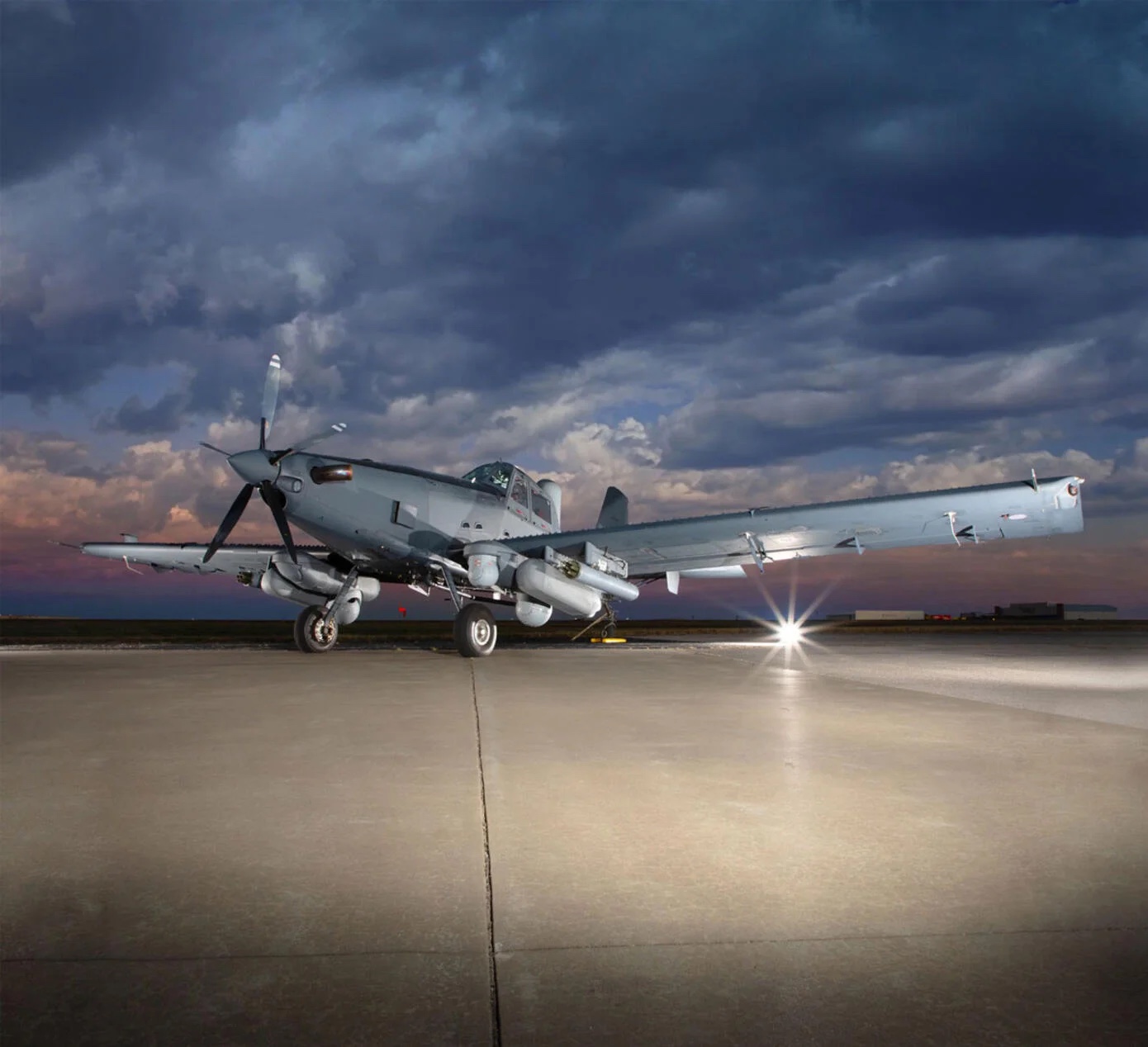
DoD made this announcement on 1 August:
L3 Communications Integrated Systems, Greenville, Texas, was awarded an indefinite-delivery/indefinite-quantity contract (FA8637-22-D-B001) in the amount of $3,000,000,000 (maximum ceiling value) in support of Armed Overwatch. Research, development, test, and evaluation; and procurement funds in the amount of $170,000,000 were obligated at time of the award. Armed Overwatch will provide Special Operations Forces deployable, affordable, and sustainable crewed aircraft systems fulfilling close air support, precision strike, and armed intelligence, surveillance and reconnaissance, requirements in austere and permissive environments for use in irregular warfare operations in support of the National Defense Strategy. The contract will be a mixture of firm-fixed-price, cost-plus-fixed-fee, time and materials, and cost reimbursement no-fee for the procurement of up to 75 aircraft, training systems, mission planning systems, support equipment, spares, and logistics support, with a period of performance from July 2022 to July 2029, including all options. The majority of the work will be done in Greenville, Texas. This action is a follow-on production contract in accordance with 10 U.S. Code 4022(f) authorized or required by statute. U.S. Special Operations Command, MacDill Air Force Base, Florida, is the contracting activity. (Awarded July 31, 2022)
Here is the L3 Harris Press Release:
L3HARRIS AND AIR TRACTOR SKY WARDEN TEAM SELECTED FOR USSOCOM ARMED OVERWATCH CONTRACT
Highlights:
• Sky Warden™ system to expand SOCOM’s irregular warfare capabilities
• SOCOM weapon system testing begins in 2022
• Six new aircraft will be delivered under the low-rate initial production Lot 1
MELBOURNE, Fla. — U.S. Special Operations Command (USSOCOM) has selected L3Harris Technologies (NYSE:LHX) and Air Tractor, Inc.’s AT-802U Sky Warden™ system for its Armed Overwatch program. Award of the Indefinite Quantity, Indefinite Delivery contract includes a cost ceiling of $3 billion. The program includes delivery of up to 75 manned, fixed wing aircraft, with an initial program contract award of $170 million.
The fleet of modern multi-mission aircraft will address SOCOM’s need for a deployable, sustainable single-engine fixed-wing, crewed and affordable aircraft system. It will provide close air support, precision strike, armed intelligence, surveillance and reconnaissance (ISR), strike coordination and forward air controller requirements for use in austere and permissive environments. The aircraft will be used in irregular warfare operations.
“An important part of our Trusted Disruptor strategy is listening closely to combatant commanders’ needs, and responding faster than the evolving threats,” said Christopher E. Kubasik, Chair and Chief Executive Officer, L3Harris. “We want to deliver game-changing, modular solutions to U.S. special operators for their hardest missions, and Sky Warden does just that.”
L3Harris expects to rapidly modify last summer’s Armed Overwatch prototype demonstrator into the production configuration and provide for customer weapon system testing in approximately six months. Production of new, fully-modified, Armed Overwatch mission-configured aircraft will begin in 2023 at L3Harris’ Tulsa, Okla. modification center, following initial production at Air Tractor’s Olney, Texas aircraft manufacturing facility. Six new aircraft will be delivered under the low-rate initial production Lot 1.
“Sky Warden will bring powerful and affordable close air support, precision strike, armed ISR, and command and control capabilities directly to special operations forces in the battlefield,” said Sean Stackley, President, Integrated Mission Systems, L3Harris. “We are ready now to begin work on this modern, multi-mission system for the SOCOM Armed Overwatch program.”
The production-ready Sky Warden system is tailorable for a variety of mission requirements to meet U.S. mission needs.
“The Sky Warden design reflects our commitment to America’s national security and the AT-802U will be equipped with everything we’ve learned manufacturing aircraft over the past 46 years,” said Jim Hirsch, President, Air Tractor, Inc. “The L3Harris team is an excellent partner, and our production and engineering staff are ready to immediately deliver this world-class product to our nation’s special forces.”
Learn more about Sky Warden at www.L3Harris.com/SkyWarden.
